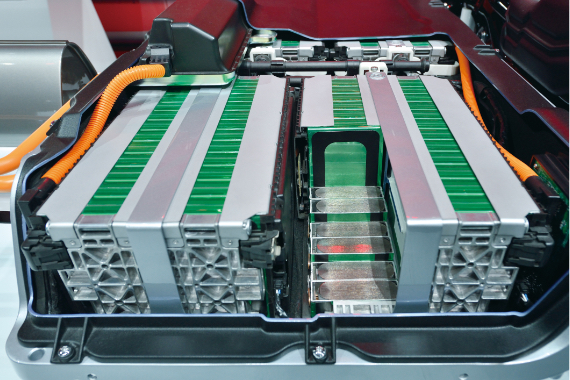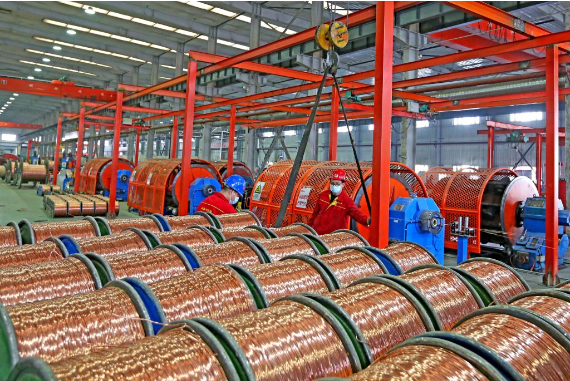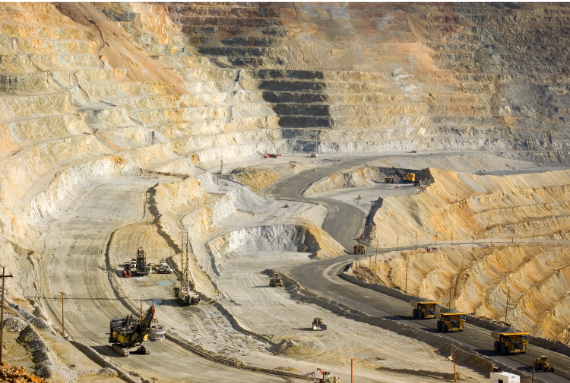“Electrify everything” is the rallying cry of those seeking a viable way forward to tackle the climate crisis. It calls for a rapid shift from fossil fuels to renewables like wind, solar, geothermal and hydropower, while embracing technologies such as electric vehicles (EVs), heat pumps and smart power grids. But to make this green dream a reality, we will first need to build much more renewable energy infrastructure, including more wind farms and solar energy farms, ramp up production of EVs, and manufacture billions of batteries. All this will require a lot of raw materials. While lithium and cobalt are often touted as key ingredients in the race to net-zero emissions, copper is far more critical.

“Copper is the great, unseen substrate that supports the modern world as we know it,” writes Ed Conway in his recent book Material World: The Six Raw Materials That Shape Modern Civilization. “Without it, we are quite literally left in the dark. If steel provides the skeleton of our world and concrete its flesh then copper is civilisation’s nervous system, the circuitry and cables we never see but couldn’t function without.”
Green energy is copper intensive
But as the world transitions to greener energy, annual copper consumption is expected to double by 2035, reaching over 50 million tonnes, with energy transition technologies accounting for about half of the increase. Compared to fossil fuel systems, green energy requires significantly more copper. For instance, while an internal combustion car utilises around 25 kg of copper, the average EV consumes three times that amount. Wind technology is the most copper-intensive form of energy generation and is expected to consume the most copper in the renewable sector over the next decade. Even solar panels rely heavily on copper, and the metal is essential in geothermal, bioenergy and battery storage technologies.

Some experts are touting aluminium as a viable alternative to copper in the green energy transition. Aluminium, the fourth most conductive metal after silver, copper and gold, is 60% cheaper and one-third the weight of copper, and much more abundant. Its lighter weight makes it advantageous for electric motors, and it’s already used in some EVs. Aluminium is also favoured in high-voltage power lines for its affordability and lightness, making it suitable for long-distance power transmission. However, it’s only about 60% as conductive as copper and its production has a much higher carbon footprint, so it’s not a perfect substitute. Scientists are working to boost aluminium’s conductivity by adding materials such as graphene or carbon nanotubes. While early results look promising, it may be some time before this line of research bears fruit.
Fears of a copper shortage are nothing new
There have long been fears that a shortage of copper could imperil our electrical ambitions. In the late 19th century, as the electrical age dawned, Thomas Edison worried about finding enough copper wire to install in the new power stations he was constructing. The invention of alternating current by his rival, Nikola Tesla, allowed high voltages to be sent along very thin copper wires, reducing the demand for copper and allowing Edison to stay in business.

But today, some experts predict that we are fast approaching a copper crunch, where demand will far outstrip supply. Conway writes that: “on the basis of one estimate, if we are going satisfy the demand in the coming decades, we may have to build another three mines like Chuqui every year.” He is referring to Chuquicamata, the world’s largest open-pit copper mine, located in northern Chile. While new copper deposits are still being discovered, for example in Zambia, they are less rich than earlier finds and it will be many years before they reach peak productivity. A study by S&P Global found that it takes an average of 23 years to discover, explore, permit, finance and develop new copper mines. And public opinion is increasingly hostile towards open-pit copper mining because of its environmental damage and perceived exploitative practices, as recent protests and social unrest in Panama, Peru, Michigan and the Democratic Republic of the Congo have shown.
Is deep-sea mining the solution?
Against this backdrop, the push for deep-sea mining is gaining momentum. The ocean floor, particularly in parts of the Pacific Ocean, is covered with potato-shaped rocks known as polymetallic nodules, which contain copper, manganese, nickel, cobalt and other trace elements. The International Seabed Authority is currently developing regulations for mining these nodules in international waters, under pressure from proponents such as China, Norway, Mexico and the UK to speed up approval of this controversial practice, and supported by the likes of film director and ocean explorer James Cameron; meanwhile, countries including Canada, Chile, Finland, Germany, Portugal and Switzerland are urging caution and call for more studies because of the potential damage to marine ecosystems. Norway has recently gone ahead and approved seabed mining exploration in its own waters, the first country to do so.

Which brings us to the crux of humanity’s dilemma. We haven’t yet mined enough copper and other key metals to “electrify everything,” which is currently our favoured plan to end our addiction to fossil fuel and save the planet. But getting all the key metals we need will require a huge amount of mining, an inherently destructive activity, whether on the surface or beneath the waves. So the question is: will our efforts to save the world hasten its destruction?
Comments on this publication